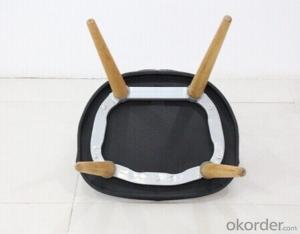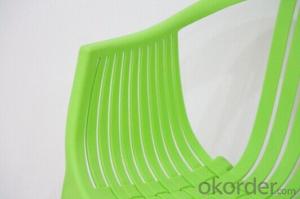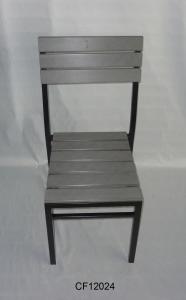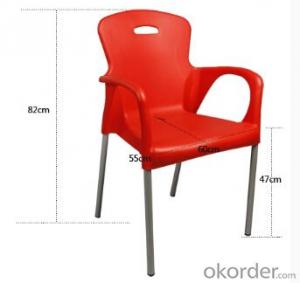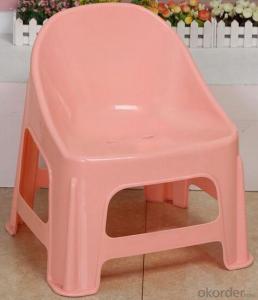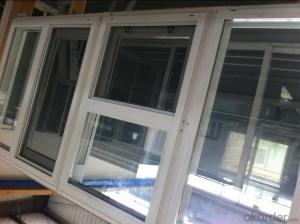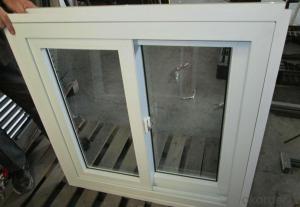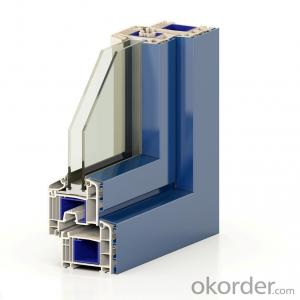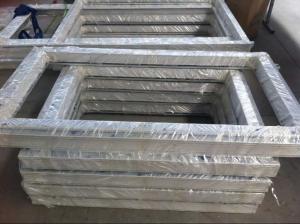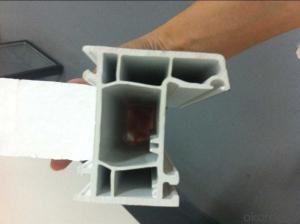Hard Plastic Adirondack Chairs
Hard Plastic Adirondack Chairs Related Searches
Heavy Plastic Adirondack Chairs Best Plastic Adirondack Chairs Adirondack Chairs Made Of Recycled Plastic Plastic Adirondack Bench Folding Adirondack Chair Heavy Duty Plastic Chairs For Sale Old Plastic School Chairs Black Plastic Outdoor Chairs Stackable Plastic Chairs Heavy Duty Plastic Floor Covering Wholesale Plastic Folding Chairs Large Plastic Panels Recycled Plastic Bench Seats Costco Waiting Room Chairs White Plastic Folding Chairs Wholesale High Temperature Plastic Old Metal Folding Chairs Dicks Beach Chairs Fold Out Beach Chairs Cabana Beach Chairs Blue Metal Folding Chairs Folding Aluminum Chairs Real Hardwood Floors Folding Chair With Wheels Ikea Waiting Room Chairs Pool Chairs For Sale Ikea Office Waiting Room Chairs Cast Iron Patio Chairs Restoring Hardwood Floors Clear Bendable PlasticHard Plastic Adirondack Chairs Supplier & Manufacturer from China
Hard Plastic Adirondack Chairs are a popular choice for outdoor seating due to their durability and stylish design. These chairs are crafted from high-quality, weather-resistant plastic materials, making them perfect for use in various outdoor settings such as patios, decks, and gardens. Their comfortable and ergonomic design ensures that users can enjoy long hours of relaxation without any discomfort. The chairs are also easy to clean and maintain, making them a practical addition to any outdoor space.The Hard Plastic Adirondack Chairs are widely used in both residential and commercial settings. They can be found in parks, cafes, restaurants, and hotels, where they provide a comfortable and visually appealing seating option for guests. These chairs are also ideal for personal use, as they can withstand harsh weather conditions and require minimal maintenance. Their vibrant colors and classic design make them a great addition to any outdoor decor, enhancing the overall aesthetic of the space.
Okorder.com is a leading wholesale supplier of Hard Plastic Adirondack Chairs, offering a vast inventory of these durable and stylish chairs. With a commitment to quality and customer satisfaction, Okorder.com ensures that each chair meets the highest standards of craftsmanship and design. Their extensive inventory allows customers to choose from a variety of colors and styles, catering to different preferences and requirements. By partnering with Okorder.com, customers can enjoy competitive prices and reliable service, making it a top choice for those looking to purchase Hard Plastic Adirondack Chairs in bulk.
Hot Products


